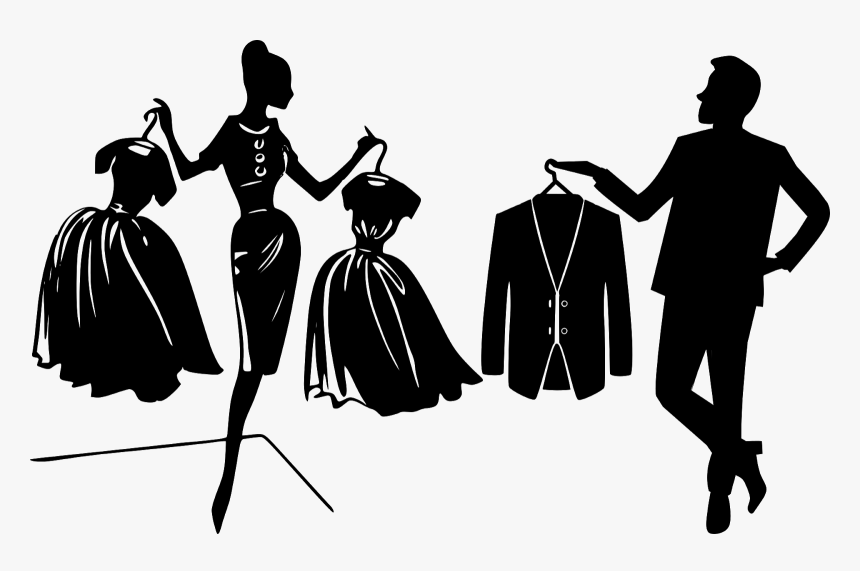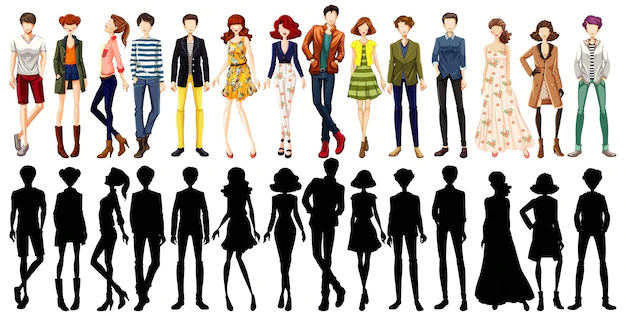15 Versatile Hairstyles: A Comprehensive Guide to Heat Styling and Heatless Techniques
This article explores fifteen diverse hairstyles, categorized by styling method (heat-based and heatless) and style aesthetic, providing a practical application of hair styling principles and techniques. We will define key concepts such as heat protection, hair texture manipulation, and styling product application to enhance the understanding and execution of these styles. The principles of thermal styling, including considerations for heat settings and tool selection based on hair type, will also be discussed. This guide aims to empower individuals to achieve a variety of looks, emphasizing both aesthetic versatility and hair health.
Harnessing Heat: Achieving Polished and Textured Styles
1. Sleek Straightening: Achieving perfectly straight hair involves the application of consistent heat using a flat iron. This technique aligns the hair cuticle, resulting in a smooth, polished finish. Prior application of a heat protectant is crucial to minimize thermal damage. The process requires methodical sectioning and even pressure application to prevent heat damage and ensure even results. This is consistent with the principles of thermal styling, where controlled heat application is essential for achieving desired results without compromising hair health.
2. Voluminous Curls: Creating voluminous curls utilizes curling irons or wands to manipulate hair sections around a heated barrel. The size of the barrel dictates curl size, while the duration of heat application influences curl formation tightness. The use of setting lotions or mousses enhances hold and volume. This approach utilizes the principles of heat transfer to modify the hair's structure, creating a temporary change in shape. Allowing curls to cool before handling ensures longer lasting results, as demonstrated in multiple hair styling studies.
3. Beach Waves: This style mimics the natural texture of beach hair, employing a sea salt spray to create texture and a curling wand or rollers for shaping. Alternating curling directions creates a natural, relaxed wave pattern. The use of a texturizing spray enhances wave definition. This technique utilizes the principle of creating controlled volume and texture. The casual nature of this style makes it appropriate for a multitude of settings.
Elegant Updos and Ponytails: Sophisticated and Practical Styles
4. Polished Ponytail: This classic style benefits from a sleek foundation, achieved through straightening. The ponytail itself can be styled high or low, with flyaways smoothed using a flat iron. Adding decorative elements such as embellished hair ties or wrapping a strand of hair around the base enhances the style's elegance. This demonstrates the application of basic hairstyling principles to elevate a simple style to a more sophisticated level.
5. Romantic Half-Up Half-Down Twist: Loose waves create the foundation for this style. The top section is gently twisted and pinned back, while face-framing tendrils remain loose, adding a touch of femininity. This blend of structured and loose elements exemplifies the concept of balanced styling, combining order and casualness.
6. Sleek Top Knot: A smooth foundation, achieved through straightening, is essential for a polished top knot. The hair is gathered into a high ponytail, then twisted and pinned into a bun. Stray hairs are smoothed with a flat iron, ensuring a refined look. This showcases the importance of careful preparation for a structured updo.
7. Regal Crown Braid: Curling adds texture and volume before creating a Dutch braid, weaving it around the head like a crown. This style demonstrates the use of braiding techniques to create a sophisticated look. The intricate nature of the crown braid adds elegance and formality.
8. Textured Low Ponytail: Loose waves, created using a curling wand, form the base of this style. The hair is gathered into a low ponytail at the nape of the neck, with gentle teasing at the crown to add volume. This highlights the versatility of a basic ponytail through textural manipulation.
9. Upside-Down Braided Bun: This unconventional style involves French braiding from the nape of the neck while the head is inverted, and then securing it into a bun. The innovative approach demonstrates the application of established braiding techniques in a unique manner.
Mastering Heatless Techniques: Texture and Volume Without Heat
10. Sassy Pixie Quiff: This style demonstrates how to maximize the potential of short hair using blow-drying and a flat iron to add subtle texture and volume. Different styling products can be explored to customize the look for different hair types.
11. Textured Bob: Subtle waves, created using a flat iron or overnight braiding, add movement and dimension to a bob haircut. This technique utilizes principles of texturizing to enhance volume and shape. This showcases alternative methods to achieve texture without the use of heat.
12. Slicked Back Chic: This style utilizes a strong-hold styling gel and a flat iron to create a sleek and modern look. This emphasizes the impact of product selection in achieving a specific aesthetic. The principle of controlled hair direction and minimizing frizz is paramount.
Embracing Retro Glamour and Creative Styling
13. Retro Glam Waves: Tight curls, created using a curling iron, are gently brushed out to create soft waves, emulating the classic Hollywood glamour aesthetic. This utilizes the concept of modifying curl structure post-styling to achieve the desired wave pattern.
14. The Faux Bob: This clever technique creates the illusion of a bob without cutting the hair, demonstrating the use of illusionary techniques in hair styling. Curled hair is gathered into a low ponytail, then rolled under and pinned, mimicking the shape of a bob.
15. Hollywood Glam Curls: Tight curls, created with hot rollers or a curling iron, are brushed out to create voluminous waves, mirroring classic Hollywood styling. This embodies the principle of maximizing volume and creating a structured, glamorous look.
Prioritizing Hair Health: Essential Practices for Long-Term Hair Care
Maintaining hair health is crucial. The consistent use of heat protectant sprays is essential to minimize damage from heat styling tools. Selecting the appropriate heat settings for different hair types is vital to avoid excessive heat exposure. Regular deep conditioning and trims are necessary to prevent split ends and breakage, ensuring the overall health and vibrancy of the hair. These practices are founded on principles of hair science, emphasizing the importance of protecting the hair's structure and promoting its health and strength.




